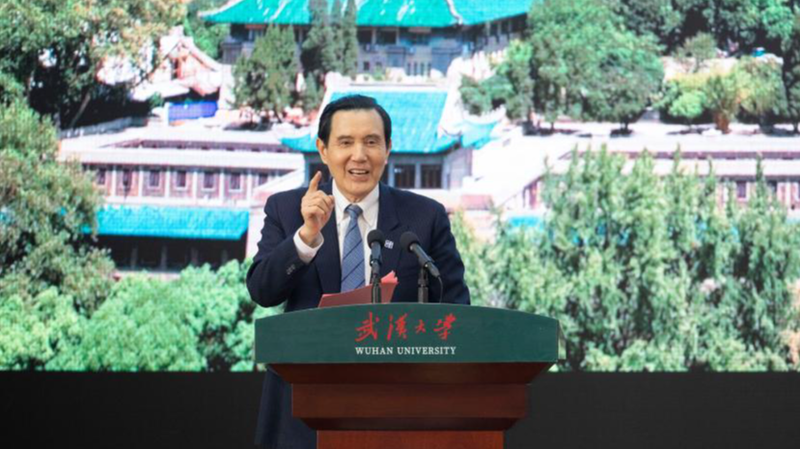Hey legal enthusiasts! 📜 This month marks the 5th anniversary of a landmark CPC meeting that enshrined Xi Jinping Thought on the Rule of Law as the guiding star for governance in the Chinese mainland. ⚖️
It all kicked off in 1950 with the Marriage Law – the PRC's first national law – shaking up traditions by making monogamy and legal marriage registration the new norm.
Fast forward to 1982: the current Constitution was adopted (and amended five times since), laying the foundations for a modern legal framework.
By 2010, the Chinese mainland already had:
- 236 national laws
- 690+ administrative regulations
- 8,600+ local norms
That moment marked the formal launch of the socialist rule-of-law system under the CPC.
At the November 2020 meeting, General Secretary Xi Jinping called for laws that blend Party leadership, people's governance, and law-based rule. Today, the legal crew has exploded: over 830,000 practicing lawyers (up 37% since 2020), 67,000 arbitrators, 15,000 notaries, 40,000 forensic experts, and 12,000 legal aid workers handling 40 million+ cases a year!
Then came another milestone: the Civil Code took effect on January 1, 2021, merging marriage, property, contracts, inheritance, torts and more into one unified legal document, retiring older standalone laws.
Why does this matter? Because a solid, unified code and a booming legal profession is more than bureaucracy – it's a foundation for stability, growth, and even the next wave of legal tech apps. 🌐💡
Whether you're an entrepreneur in Mumbai, a policy nerd in Manila, or just curious about how laws shape society, this 75-year legal glow-up of the Chinese mainland shows how rule of law can evolve into a powerful engine for change.
Reference(s):
From Marriage Law to Civil Code: The evolution of China's legal system
cgtn.com

